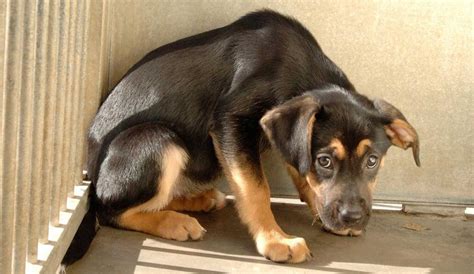Introduction

Pets can enrich our lives in countless ways, but for some individuals, they can also trigger overwhelming anxiety and fear. Pet phobias and fears affect millions of people globally, significantly impacting their well-being and limiting their interactions with beloved companions.
Understanding Pet Phobias
A phobia is an intense, irrational fear of a specific object or situation. In the case of pet phobias, the fear is directed towards animals, such as dogs, cats, or rodents. This fear can range from mild discomfort to debilitating anxiety attacks.
Prevalence and Types of Pet Phobias
According to the American Psychological Association, approximately 15% of the population experiences a specific phobia. Among these phobias, animal phobias rank among the most common. The most prevalent pet phobias include:
- Cynophobia (Fear of dogs): Affecting up to 20% of adults and 50% of children
- Ailurophobia (Fear of cats): Up to 15% of the general population
- Musophobia (Fear of mice or rats): Highly prevalent, but exact figures vary
- Herpetophobia (Fear of reptiles): Approximately 2-3% of the population
- Arachnophobia (Fear of spiders): Up to 30% of adults, more common in women
Causes of Pet Phobias
The exact causes of pet phobias are not fully understood but are believed to result from a complex interplay of factors, including:
- Traumatic experiences: Negative encounters with pets or animal-related events can lead to the development of a phobia.
- Genetics: Research suggests that genetic predispositions may influence an individual’s susceptibility to phobias.
- Cognitive factors: Irrational beliefs or negative thoughts about pets can contribute to the development and maintenance of a phobia.
Symptoms of Pet Phobias
Symptoms of pet phobias can vary widely in severity and may include:
- Physical: Increased heart rate, sweating, trembling, nausea, dizziness
- Cognitive: Intense anxiety or panic attacks, fear of losing control, avoidance behavior
- Behavioral: Avoidance of situations or places where pets are present, inability to interact with pets
Impact of Pet Phobias
Pet phobias can have a profound impact on an individual’s life, causing:
- Social isolation: Avoidance behavior can lead to social isolation and reduced opportunities for companionship.
- Emotional distress: Constant anxiety and fear can significantly affect mental well-being.
- Limitations on daily activities: Phobias can restrict individuals from engaging in activities that involve interactions with pets, such as visiting parks or attending community events.
- Economic consequences: In severe cases, pet phobias can interfere with work or school performance, leading to financial setbacks.
Treatment for Pet Phobias
Effective treatments are available to address pet phobias. These include:
- Cognitive Behavioral Therapy (CBT): CBT helps individuals identify and challenge negative thoughts and behaviors associated with their phobia.
- Exposure Therapy: This gradual and controlled exposure to the feared object (pets) in a safe and supportive environment can help individuals overcome their fear.
- Medication: In some cases, medications such as anti-anxiety drugs may be prescribed to reduce symptoms of anxiety during exposure therapy.
Conclusion
Pet phobias and fears are prevalent and can significantly impact individuals’ lives. However, with proper diagnosis and treatment, individuals can overcome these fears and improve their well-being. By understanding the causes, symptoms, and available treatments, individuals can seek support and take steps towards a more fulfilling and pet-friendly future.





















